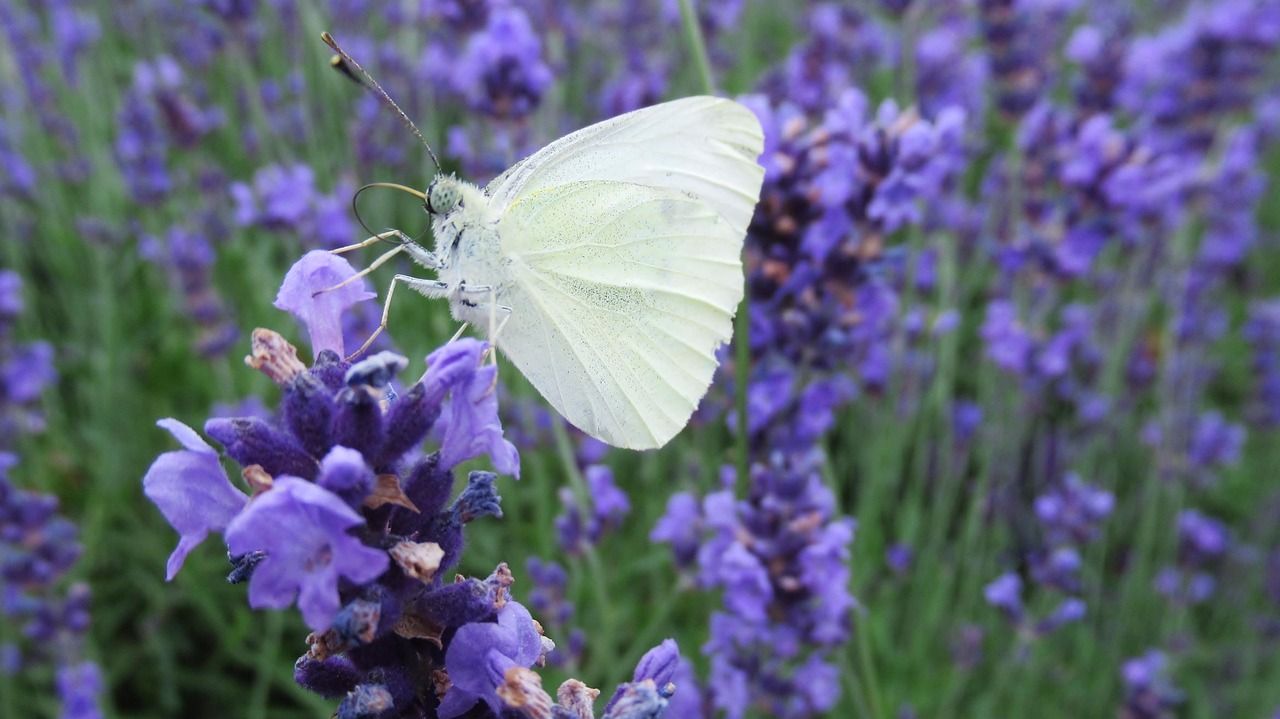Open-Up and Say…Awe!
“Give yourself a gift of five minutes of contemplation in awe of everything you see around you. Go outside and turn your attention to the many miracles... This…regimen of appreciation and gratitude will help you to focus your life in awe.” Wayne Dyer.
Awe arrives when facing vast mysteries we do not understand. It is an emotion filled with wonder, curiosity, and desire for positive change. UC Berkely psychology professor Dacher Keltner, PhD, founder of the Greater Good Science Center devotes himself to the study of awe. After tragically losing his beloved younger brother who was like a soul mate to him, Dr. Keltner created daily “awe breaks” to soothe his devastating grief. He found what many have known throughout the ages. Hidden in plain sight, the secrets of the world are wrapped in awe. They inspire beauty, and connect us to the everchanging pulse of life. With awe, we become more creative, and open to possibility. Spirit is renewed, and we rejoice. Scientific studies show that being in awe supports the functioning of our bodies. Awe is freely available, right now. If you want to enjoy the gifts of awe, simply open-up, notice the goodness around you, and say, “Awe!”.
In his book Awe: The New Science of Everyday Wonder and How it Can Transform Your Life, Dr. Keltner shows how to break free from loneliness, self-absorption, and fear. He reminds us we are part of something grander than ourselves. The unitive field contains everything. There is no separation. According to Dr. Keltner, gateways to awe reside in physical reality, mental and spiritual states, and through community. Read on to chart your path with awe, while discovering what science has to say about the benefits that awe fosters.
Physical reality and awe
The natural world is the most readily available path toward awe-filled moments: captivating multi-hued sunsets, fragrant blossoming flowers, the rise and fall of lyrical birdsong, sharp scents perfuming the air from falling rain. Each day offers new chances to fall in love with the world, if you pay attention. The stunning, elegant, and dramatic power of the natural world invites you to an ever-changing display of options. It may be as simple as noticing the way light reflects on your drinking glass, or the feeling of aliveness when you take a breath of fresh air. Let the natural world lead you into awe.
According to Keltner, two other gateways to awe in the physical realm are the beauty of visual arts and design, and the magic of music. People have always found ways to mimic nature’s expressions, by producing works of visual art. From intricate sand paintings, special arrangement of natural fibers, rocks, and plants, to highly detailed ceremonial displays of food, or hand dyed colorful patterns in clothing. Artists shape the natural world to inspire. Larger scale creations like those of the ancient and modern world of architecture evoke the heights of mountains through soil or concrete. Awe is formed from a blinding sheen of glass on a building, resembling a frozen lake, or in the complex geometries of fractals in nature, also etched into carved statues and ceilings. We marvel at sturdy bridges linking lands once separated, spanning over water or canyons, allowing us now to travel seamlessly, amidst the clouds, where only divine creatures of lore previously tread.
Another medium of awe is music that stirs the soul. Playful, profound, or poignant, music with or without words beckon us to react with abandon, shed tears from a broken heart, or delightfully hum our favorite tune. We may dance, wiggle, or clap with synchronous compatibility to vibrations reaching our ears. Music is birthed from wood, stone, metal, shell, gourd, or other natural substances. It also issues from the human voice. Music allows our ears to resonate with a match to our imaginations. Whether you are writing music, listening to it, or simply calling it to mind from a special moment, music and awe organically enhance each other.
Mental and spiritual states of awe
Kindness, courage, and self-sacrifice are held as high standards for awe-inspiring moral action. This “moral beauty” as Keltner names it, may be easy to recognize in others but harder to attain for ourselves. In our busy world, too often filled with competition and selfish pursuits, some may dismiss moral beauty as quaint or naïve. But we often remember with tender appreciation when others have shown us such grace. Sometimes we muster the strength to face fear, bestow benevolence, or give without personal gain. In doing so, we spread the light of awe.
Awe also presents itself with personal epiphanies, and developing personal spirituality. Fresh and startling realizations about life come in many forms. You may have received profound discoveries, uncovered hidden insights, and encountered new frameworks of consciousness. Whether dramatic, or subtle, such internal shifts may lead to bigger changes, risks, and unexpected outcomes. The same is true for spiritual development. Whether you are new to spiritual expression or a seasoned spiritual traveler, awesome wonderment is often woven with spiritual experiences. Transcendence, sacredness, divinity, are words which cannot accurately nor comprehensively capture features of subtle, non-physical life. Yet they point to moments of awe, that often cause our hearts and minds to open, distilling the magic of life. Reverence rebirths itself. And we benefit, bestowed by and bestowing both lessons and blessings.
Awe-inspired community
There are no equals in our personal histories to the awesome cycle of life events. Neverending markers of birth, coming-of-age, sacred union, loss, and death deliver imprints upon every person here, yet to be, and all who have been. Our collective cheers and tears scaffold these threshold moments. Community rituals and traditions help us move through sometimes overwhelming reactions to these transitions. Mixed in between the passages of time are personal and shared awe. It hits us each in our own rhythm and style, but as a group, we rely on others who we know are going through the same human experiences as each of us. We walk one another home.
A grander gateway lies beyond all the others. Collective effervescence is a term used by Keltner, first credited to French sociologist Émile Durkheim. We sense a fizzing, bubbling, gathering electrification of energies when people gather with a common pursuit. From games of sport, to political events, or historic turning points, the group accentuates and shapes the individual’s responses. A feeling of oneness may emerge, dissolving barriers and the illusion of separation. It is as if we breathe one breath, instead of many, dissolving into the harmonizing “ah” of awe.
The science of awe
Awe impacts a felt sense of wonder and has a documented helpful effect on the body. Wonder and awe are associated with an expanded sense of time. It is as if time stands still, or maybe speeds up, depending on the circumstances. The default mode network in the brain may be responsible for these shifts in perception. This network, which is distributed across various brain regions, houses our sense of self, awareness, and personal history. It helps us remember the past, and imagine plans about the future. When it is dampened, we are open to knowledge outside the firm boundaries of personal identity. We are in the here and now, and more relaxed. There is a glimpse outside ordinary time and space. And we may find truths shared with others. Awe opens this door.
When experiencing awe, we relax our typical threat response, feeling safer and more at ease. The amygdala takes a break from constant vigilance for risks to health and wellbeing, or the need for protection. With a more trusting orientation, new information can come in, old patterns can break apart, and a beginner’s mind takes over. Awe allows the brain to shift its point of view, seeing the world with fresh eyes.
Another system that naturally soothes and harmonizes us kicks into high gear. Parasympathetic arousal makes us sigh, slow down, sending moisture to the eyes, and opens a tender heart. Meanwhile, awe improves our immune system functioning. Cytokines release proteins that attack pathogens. This leads to reduced inflammation, which is at the center of many disease states. More efficient immune responses lead to better overall heath.
Taken together, states of awe reduce stress reactions, decrease tension, open the way for expansive thought and creative outcomes, and broaden our worldview. We are more likely to meet others as a friend, rather than a foe. Connection with others and the world erases a sense of isolation and doom.
How to open to awe
Need a few ideas to add awe to your world? You can take awe-walks. Look for the wonder of the natural world. Find local color, scent, pattern, light, sound, messages, and synchronicities. The world is always speaking. With awe by your side, you can more clearly hear and participate in the conversation.
Think about inspirational people in your life, historic, or even fictional. Notice the traits and choices they made, and why you admire them. Ask what it is in yourself you want to grow or develop to be more like them.
Listen to music you love, or look at scenery, art, or images that make you feel fresh and alive. Find out what you are drawn to, and the meaning they convey. Participate with your whole self. Move your body in ways that feel good, release tension, and express emotion. If you feel shy, you can shake it up all alone, with or without inspiring music. Or find others who like to dance, sing, or create art along with you, in person or over the internet.
If you’re short on time, you can breathe and think about or feel and recall a mysterious moment that touched you with wonder. Take a one-minute pause, even in a busy day, to relish the connection to all that is. When you have more time, make a list of awesome moments you’ve had in the past. Then you can look at them and remember your awe, when you need a boost or a break. Change up your list every so often so it doesn’t become stale. As you connect more often to awe, awe will show up to play with you.
Want to learn more?
Want to put your awe inspired consciousness into practice? If you are feeling grateful for being alive, but not sure how to bring it down to earth, reading these blogs may offer some ideas.
Want to pass along the love of awe? Start by boosting your kindness quotient. Handy tips help you promote good will in your daily relationships. Move past common stumbling blocks like not having enough time, or facing conflicting needs. Simple kindness can soften a blow, and mend a bridge with someone you care about.
Has that awe filled glow started to fade? Research says the practice of gratitude helps you and others stay in an open-hearted space. You are more likely to slow down, notice what is working well, and be more generous toward yourself and others. Read this blog on clearing the shadow of gratitude to keep those good feels going strong.
After having the natural high of a state of awe, you may be left feeling a bit triggered about what is still missing in your life. Consider using a tapping script along with your favorite energy psychology practices to address your concerns. This blog may help you create the right words when you are tapping to remove blockages and obstacles.
Ready to reach out to others? There are several ACEP communities waiting to meet you. You can join a local or regional group of like-minded community members. Consider joining one of ACEP’s engaging committees in an area that looks inviting. You can join ACEP. Members enjoy many benefits. Members can also meet others through communities of practice. Find what brings you awe, and spread the joy.
Author
Lori Chortkoff Hops, PhD, DCEP, is a licensed psychologist in Westlake Village, California, USA. She is certified in Comprehensive Energy Psychology and Logosynthesis. Lori is a past ACEP president and Reiki master. Learn more about Lori at www.drlorihops.com. Lori teaches online intuition classes and consultation. Check out her podcast Healing Tips from the Heart: Helpers, Healers and Guides.
Image by Jo Zef Mrkwa from Pixabay



